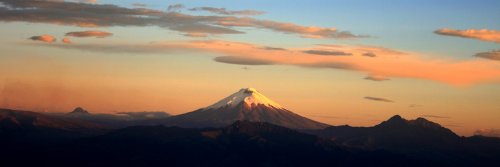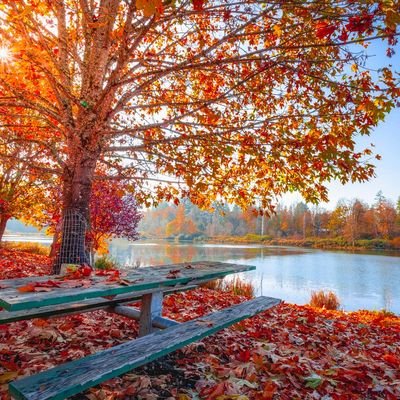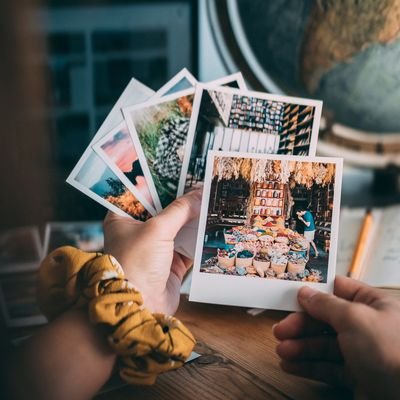Volcano tourism has been a bubbling trend in the last few years as tourists seek out the 'next big thrill'. Now, the sector is feeling the 'heat' with a novel approach from of all places, Iceland.
Yes, the very same country where the Eyjafjallajökull Volcano erupted 15 years ago after sitting quietly for nearly 200 years. The result: 100,000 flights were cancelled, 20 countries closed their airspace and 10 million passengers were impacted.
Eight Volcanoes
In a collaborative project by the marketing arms of Visit South Iceland and Reykjanes, along with local companies, a new travel route has been designed to encourage travellers to extend their visits to the surrounding areas and help boost local economies.

The route, called the Volcanic Way, has been planned and shaped since 2021. It winds through Reykjanes and South Iceland, and features eight comprises eight volcanoes: Fagradalsfjall, Hengill, Hekla, Eyjafjallajökull, Eldfell, Katla, Lakagígar, and Öræfajökull.
"The distinctiveness of these areas lies in their volcanic activity, which generally shapes Iceland's landscape," said Ragnhildur Sveinbjarnardóttir, Executive Director of the South Iceland Marketing Office.
"We are launching this to spark interest in volcanic activity and how it plays into the lives of Icelanders," Ragnhildur said in an interview. "We have lived with these experiences over the years, and nature is always throwing something at us."
Þuríður Aradóttir Braun, director of Visit Reykjanes, added: "We want to give guests the opportunity to learn about the history and culture of the regions, and create a platform where those interested can learn about the power of volcanoes in a safe and interesting way."
The Volcanic Way is approximately 700 kilometres one way. However, backtracking the shortest way from Höfn to Reykjanesbær only adds 500 km to the route. The route can be viewed here.
Growing niche
Volcano tourism is a growing niche in the travel industry and can range from observing eruptions from a safe distance to hiking on volcanic landscapes, exploring lava tubes, or visiting geothermal areas. It's an activity for those who like to live dangerously and thrive on nature's unpredictability. Iceland is not alone in offering thrill seekers the opportunity to get up close and personal with volcanoes. Here are a few worth visiting:
Arenal Volcano, Costa Rica: Considered one of the most stunning volcanoes to witness, Mount Arenal rises from the jungle with flanks of hardened lava. It was formed 7,000 years ago, but an explosion in 1968 buried three villages and destroyed the western side of the mountain.
Mount Etna, Italy: Mount Etna has three ecological zones, each exhibiting characteristic vegetation and a UNESCO World Heritage site. If you want to avoid the trek, take a cable car.
Cotopaxi, Ecuador: Cotopaxi is known as "the big one" by locals. It last blew its top in 1903. Hikers can climb 5,807 meters up the volcano but should consider the altitude when doing so.
Hekla, Iceland: Once referred to in the Middle Ages as 'The Gateway to Hell' due to its numerous fire and brimstone blasts. It remains popular with hikers who can follow a trail to the summit.
Sakurajima, Japan: Rising in southern Japan, adventurers can get to within 2km of its deep crater. But it probably carries a health warning as it is considered more dangerous than the country's tallest peak of Mount Fuji – and is close to Kagoshima with its nuclear power plant.

Volcano Insurance
If you are planning a volcanic expedition or a small day trek for a peek at one, then ask your insurer if you will be covered. As with all insurance companies, different terms and conditions will apply.
 Andy Probert is an independent PR writer and journalist who writes about travel experiences, airlines, airports, new tech and business. His work has appeared on the BBC, in The Daily Mail, the Daily Telegraph, The Sun, Daily Mirror, as well as many newspapers/magazines globally.
Andy Probert is an independent PR writer and journalist who writes about travel experiences, airlines, airports, new tech and business. His work has appeared on the BBC, in The Daily Mail, the Daily Telegraph, The Sun, Daily Mirror, as well as many newspapers/magazines globally.















